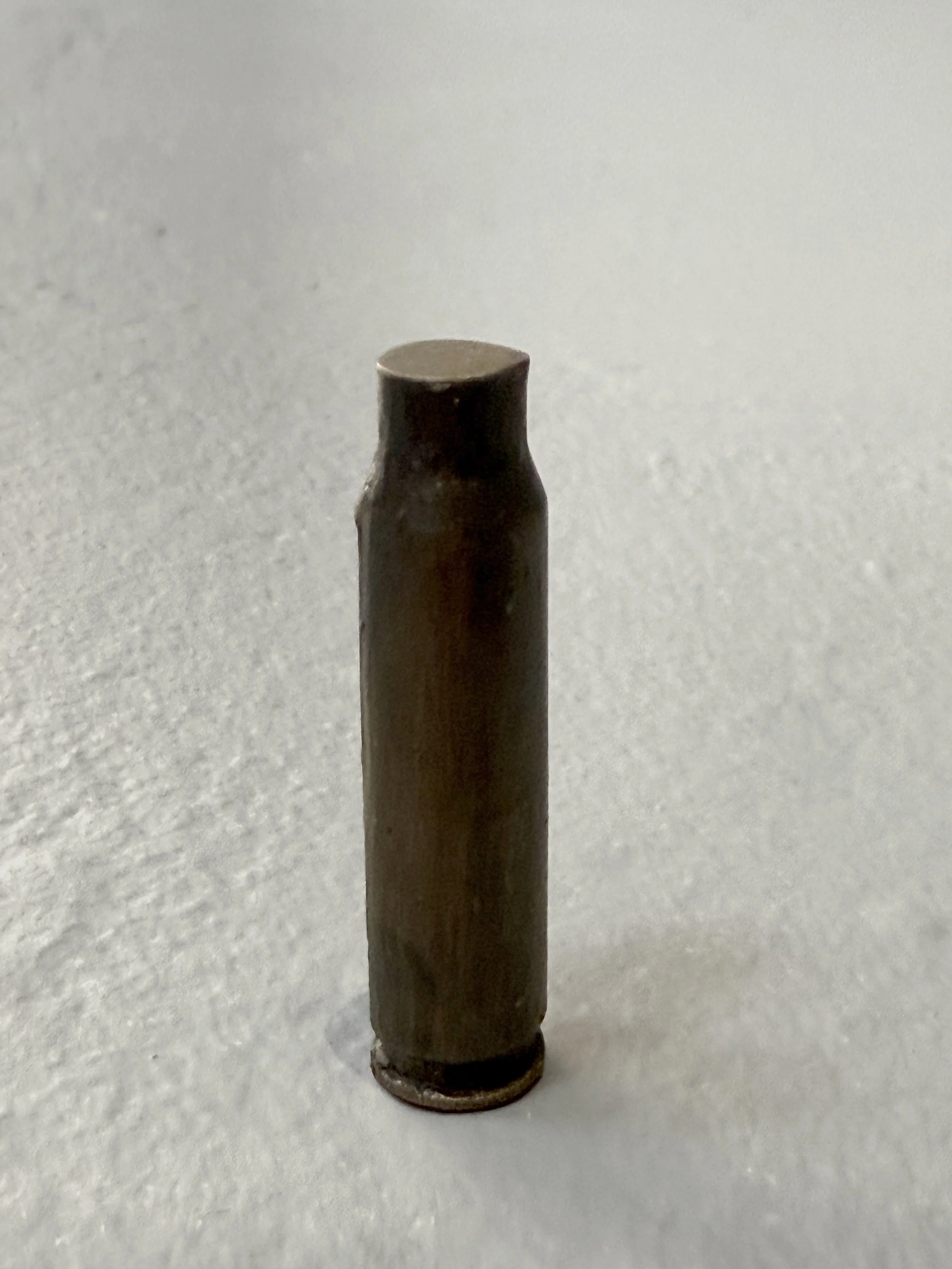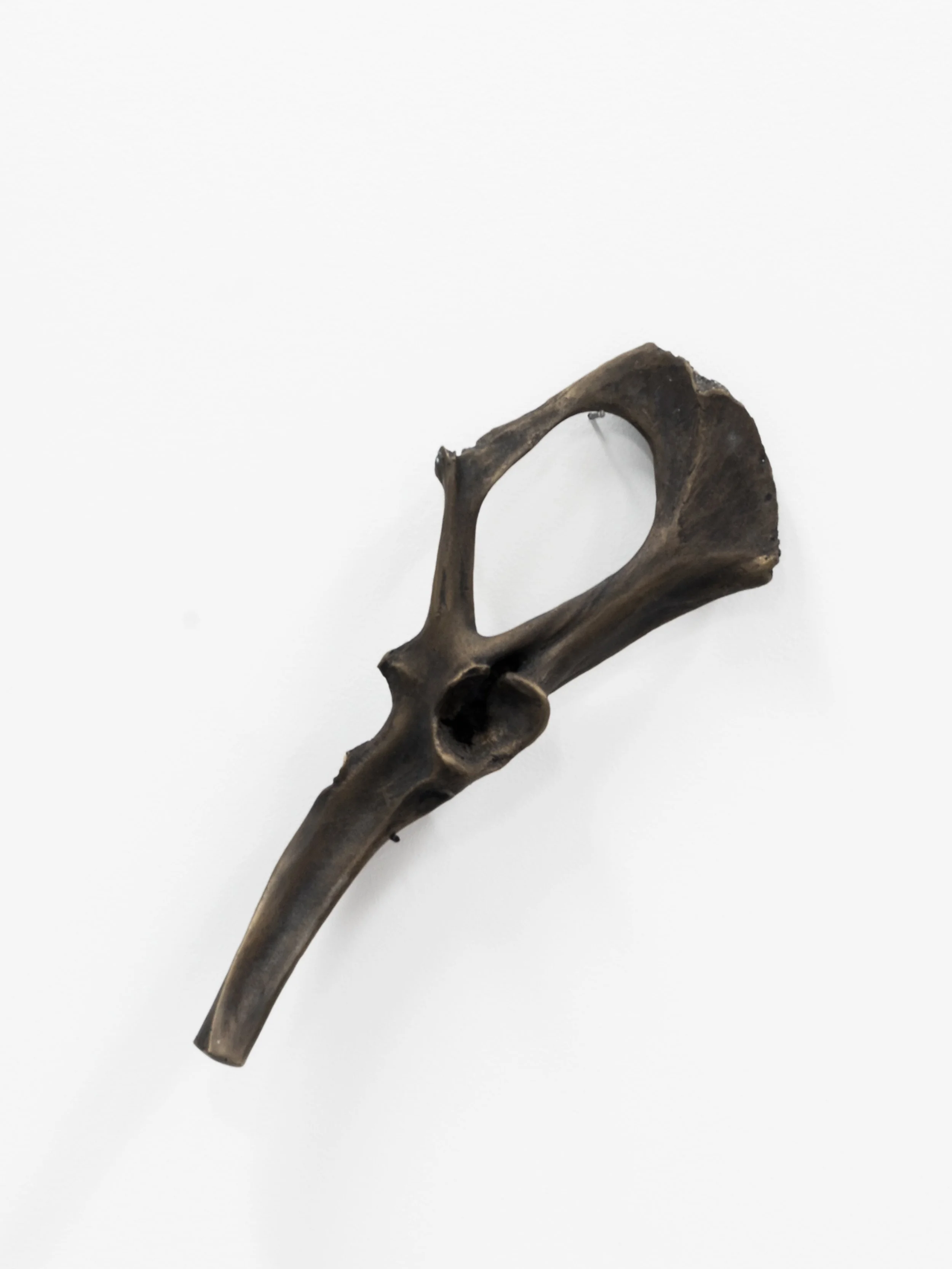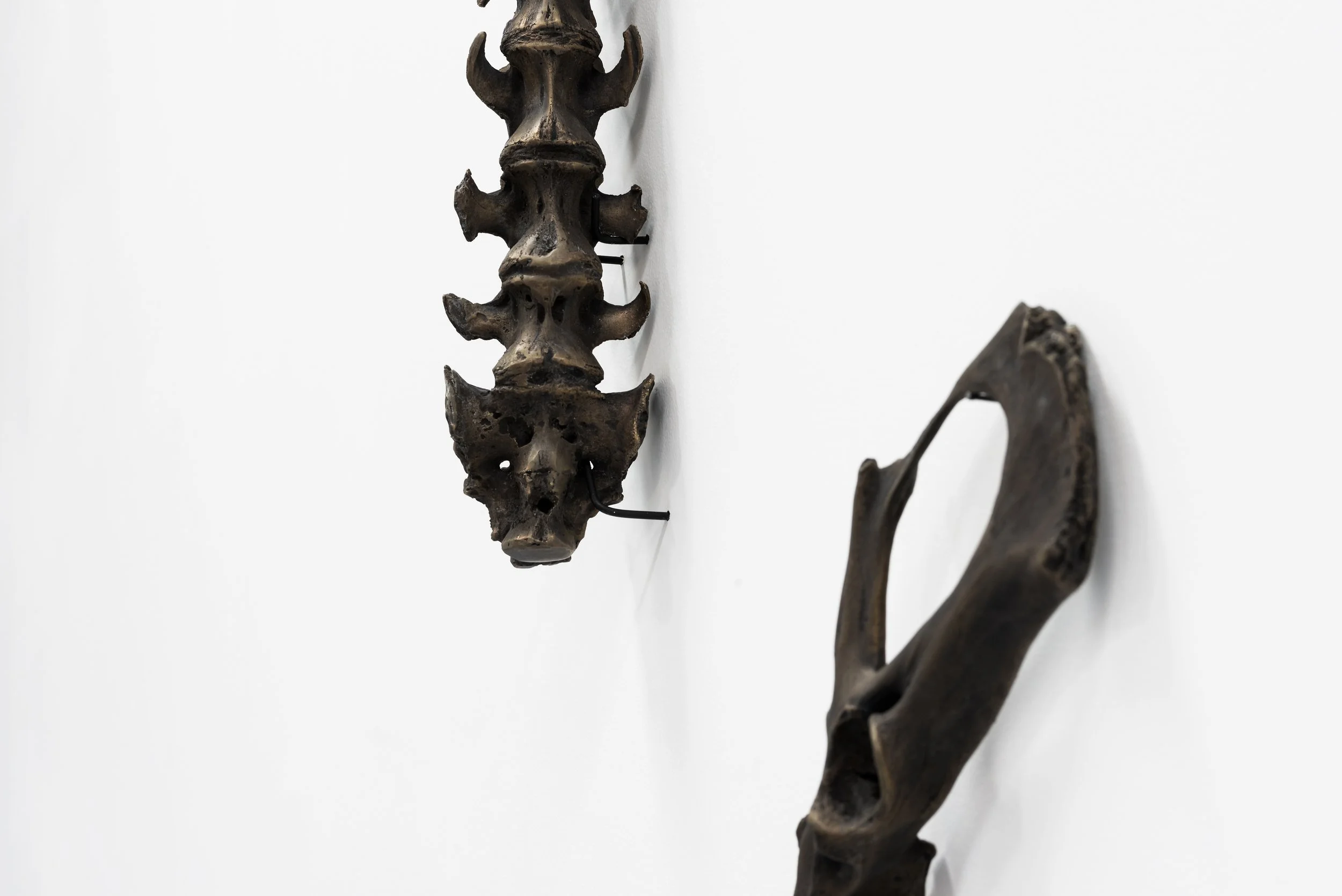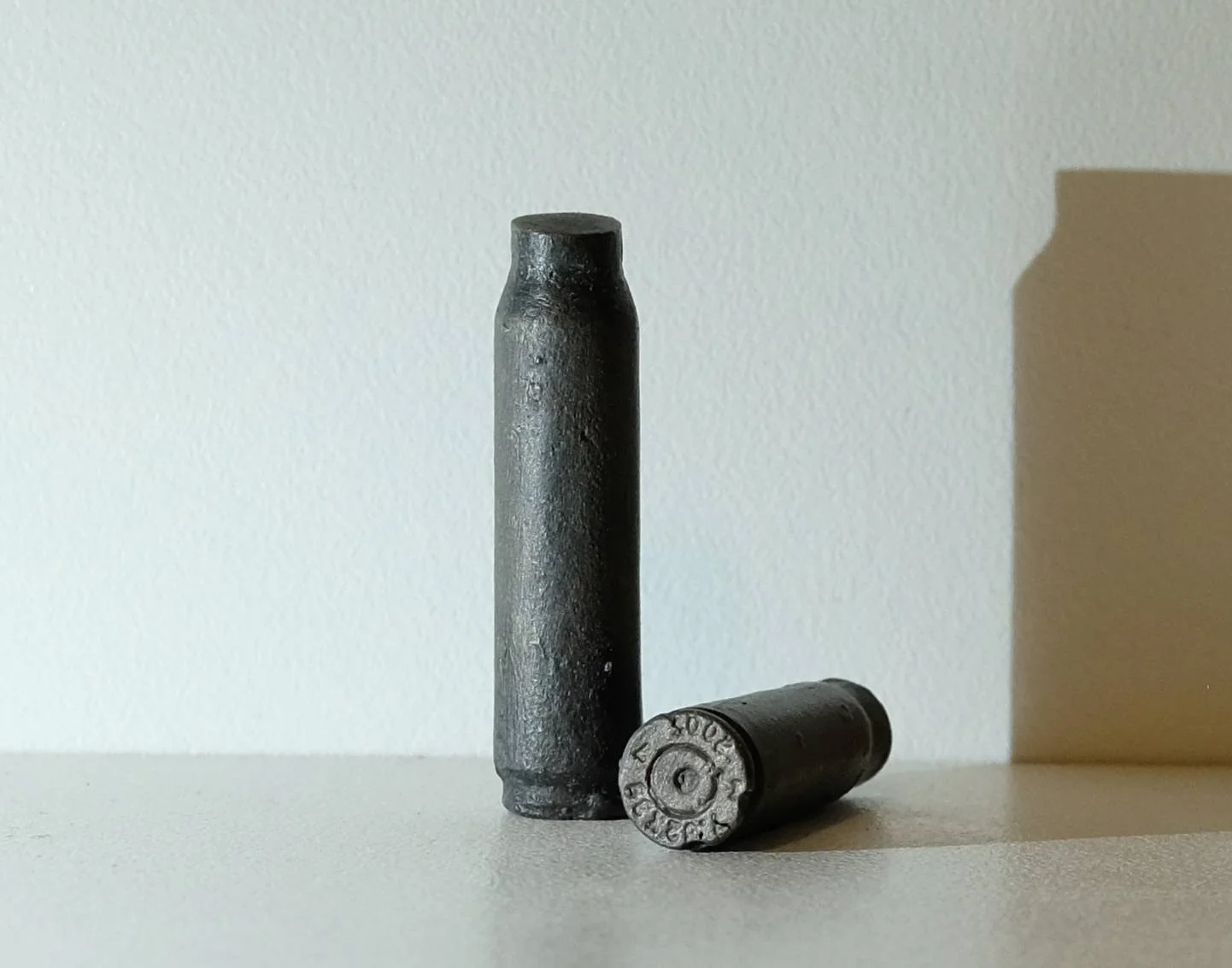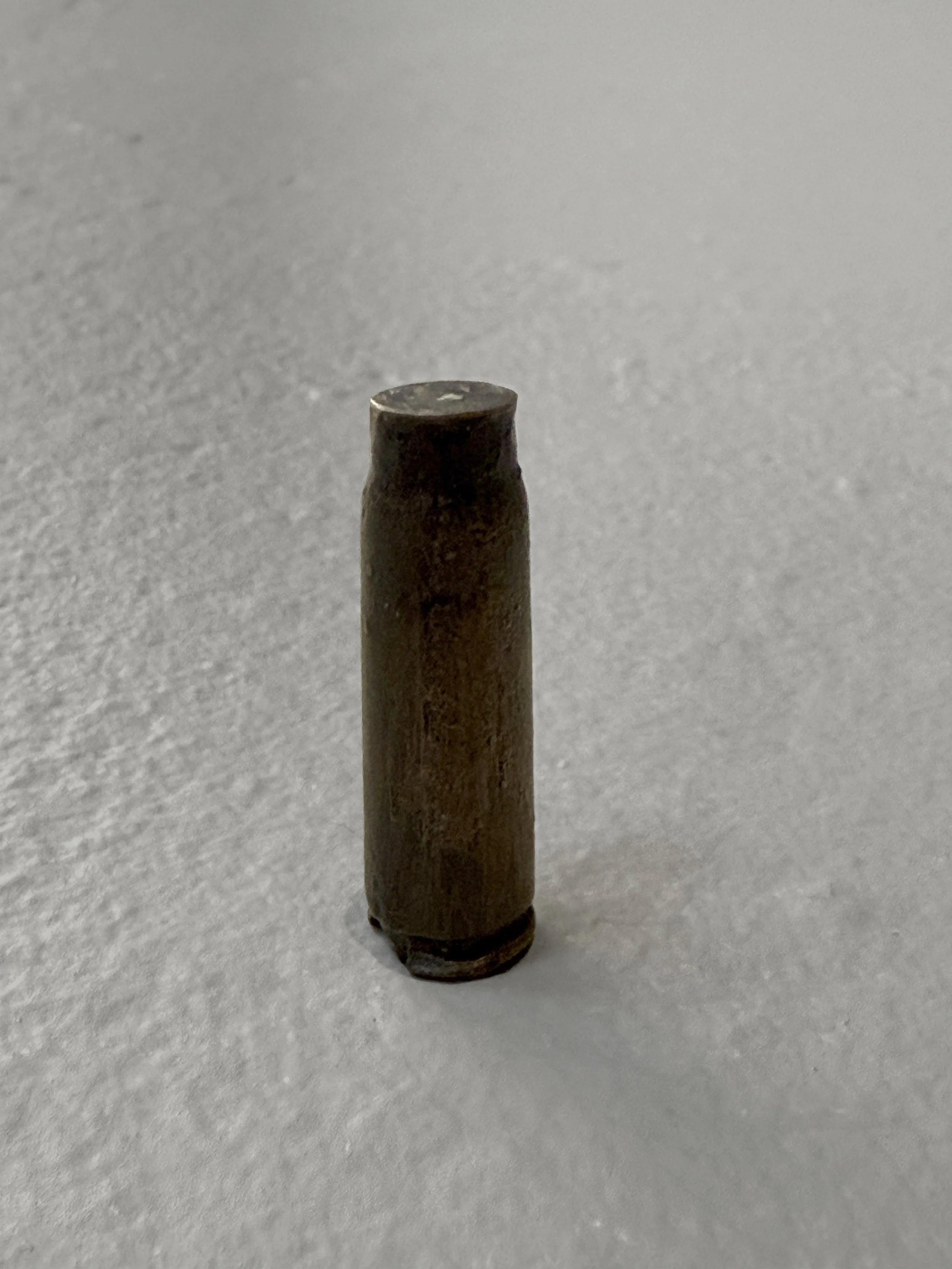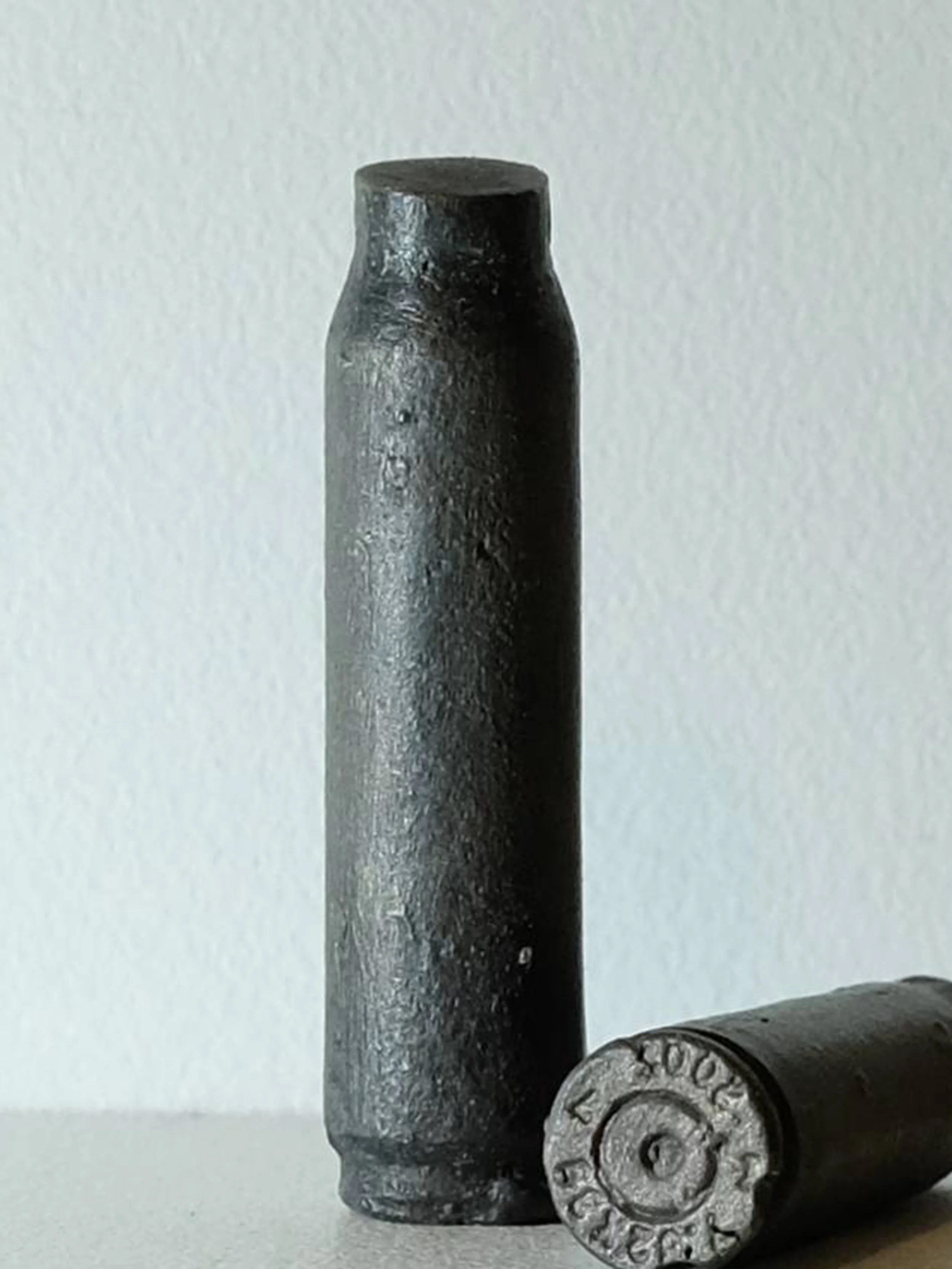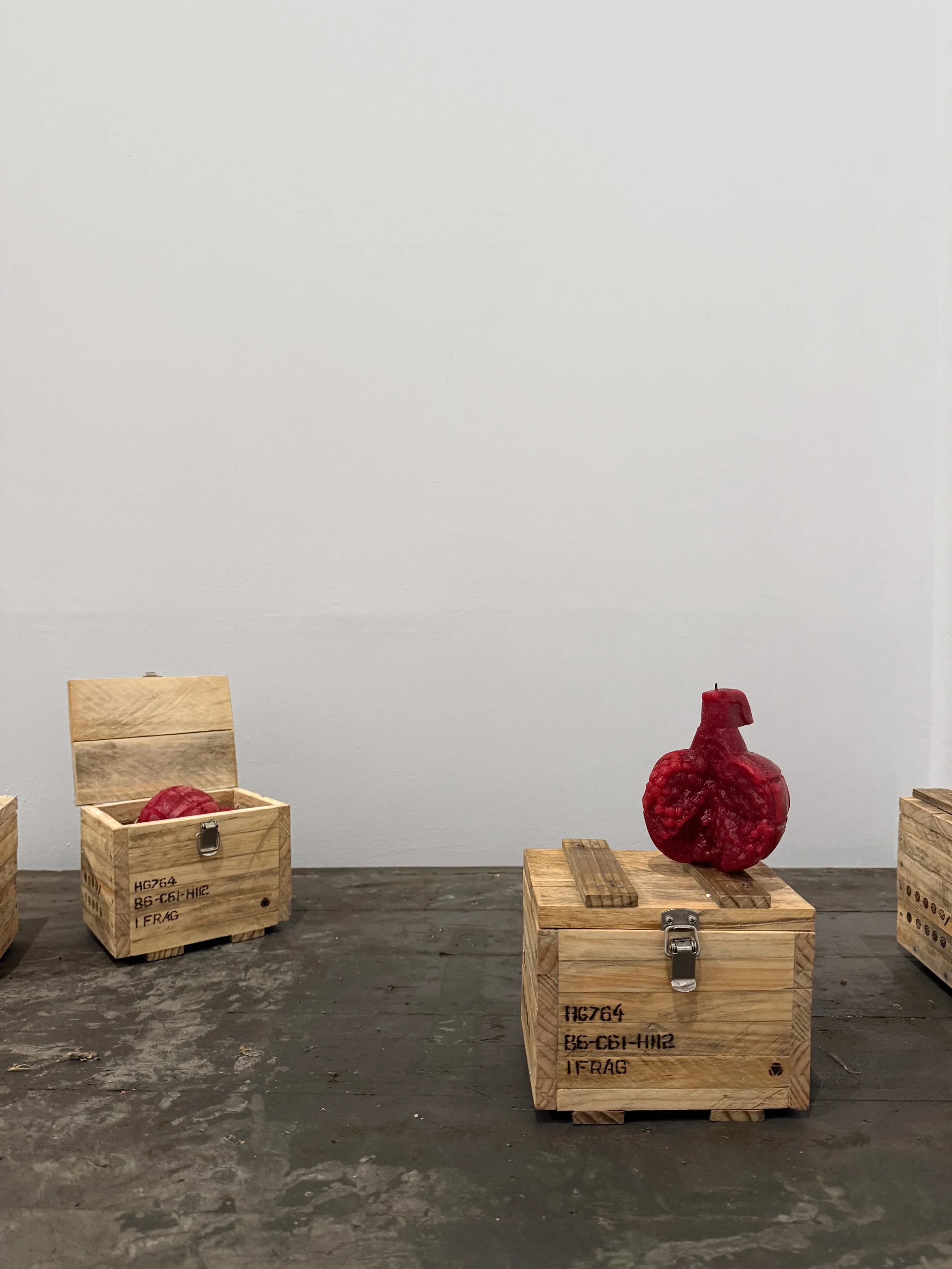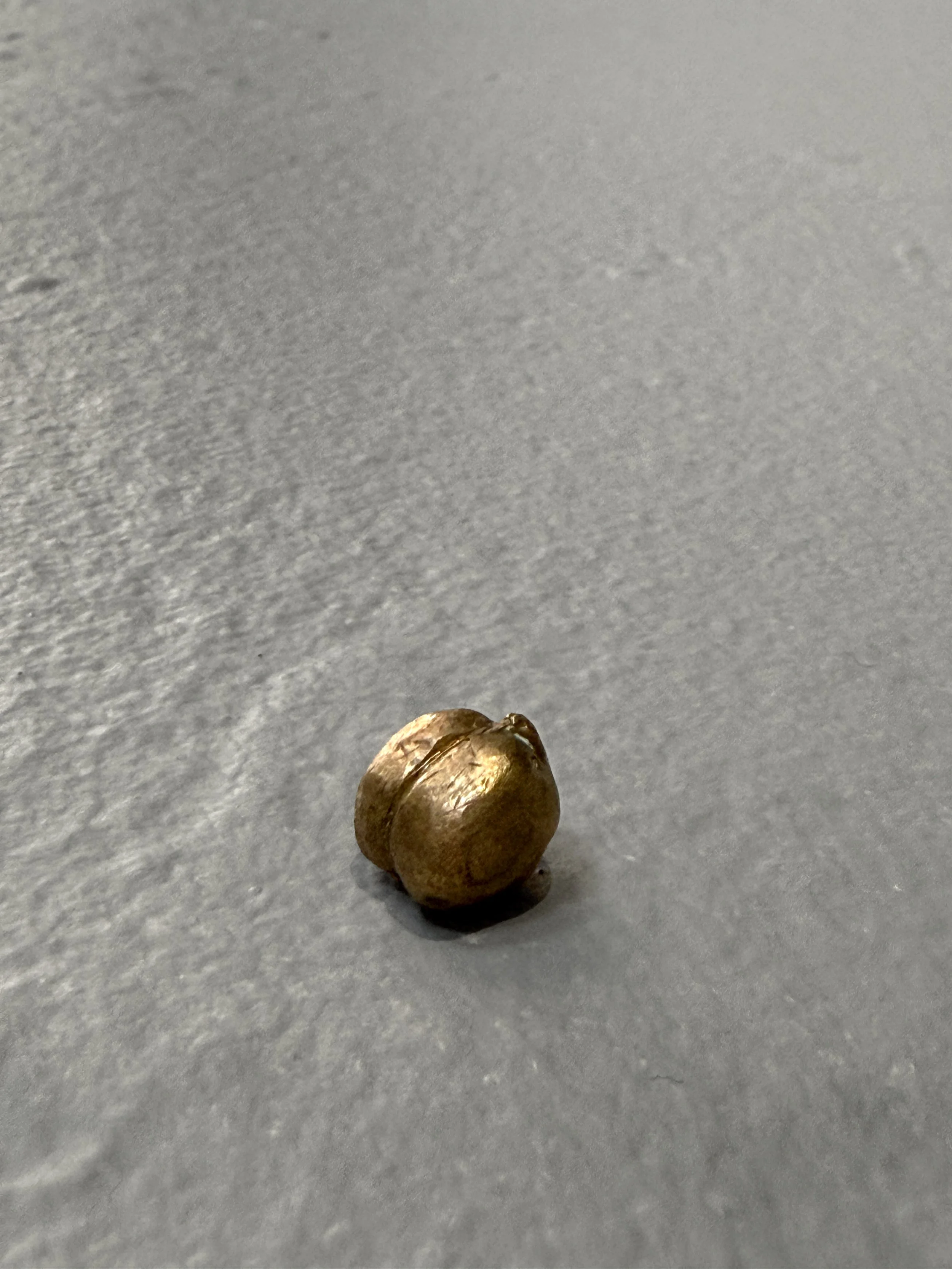
Hummus 1/12
LARA CHAMAS
Hummus 1/12, 2025
bronze, edition of 12
1 × 1 x 1 cm
$ 110
collect from Stockroom in Kyneton (VIC), or we will be in touch to discuss delivery options

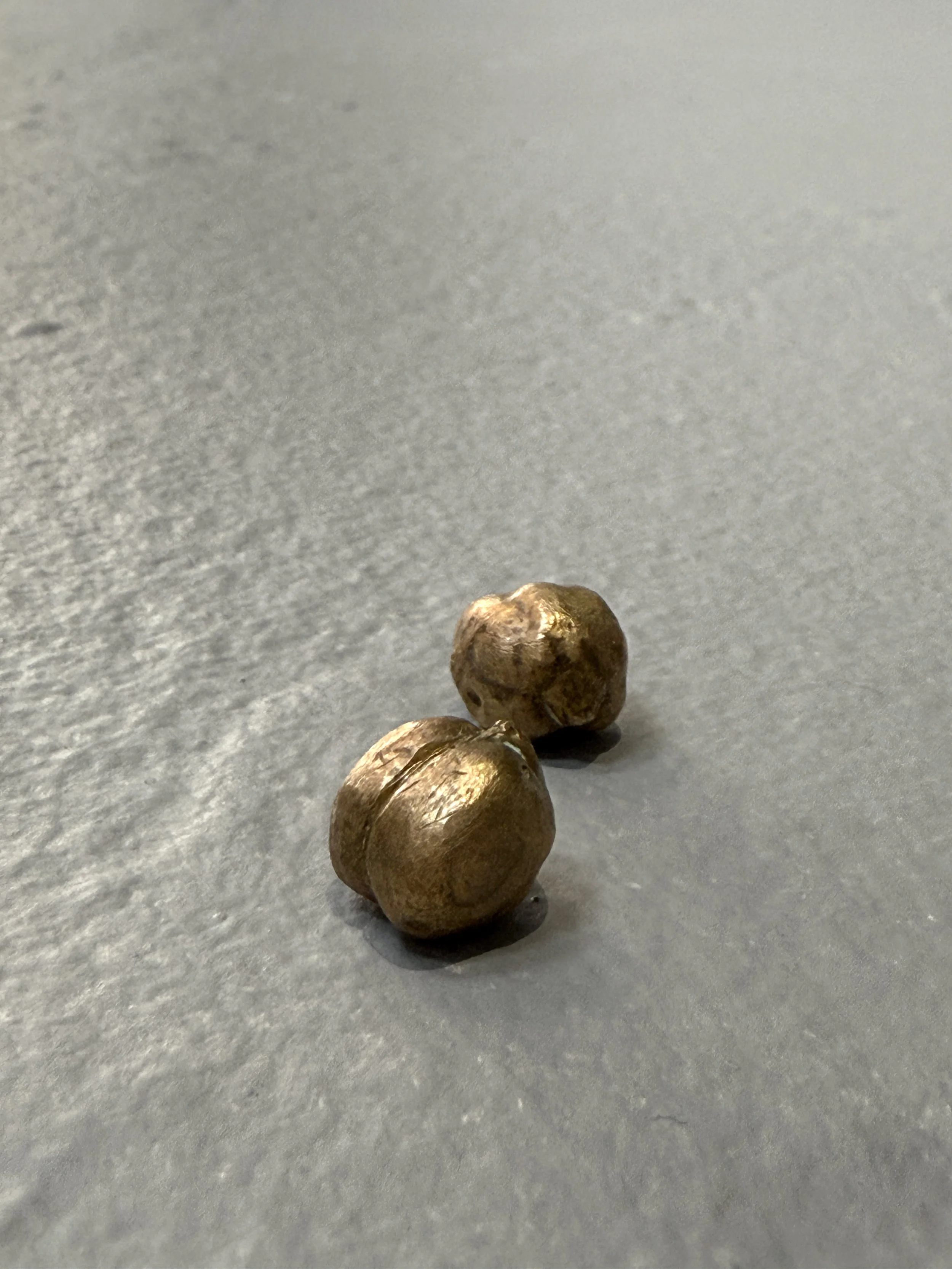
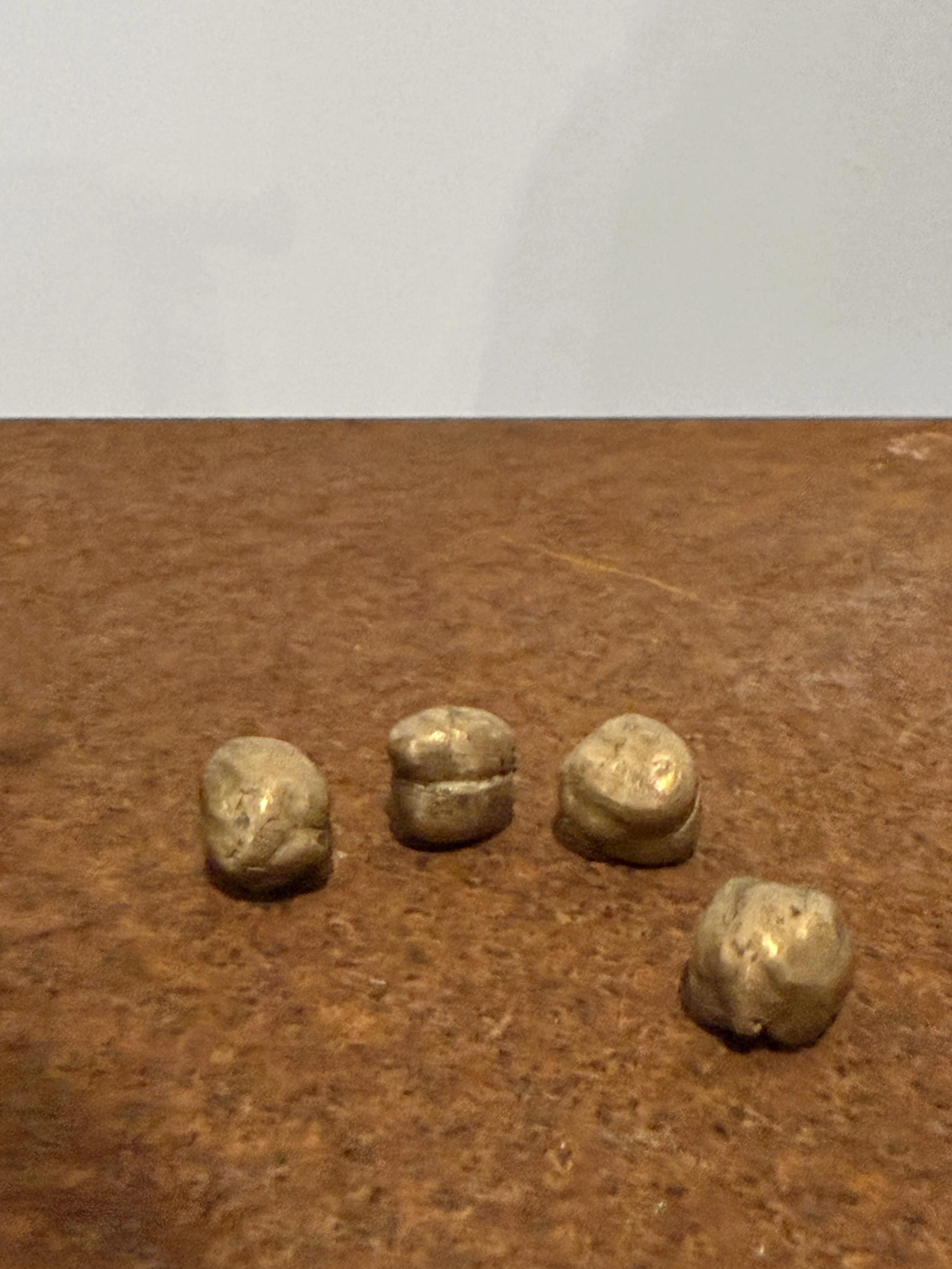
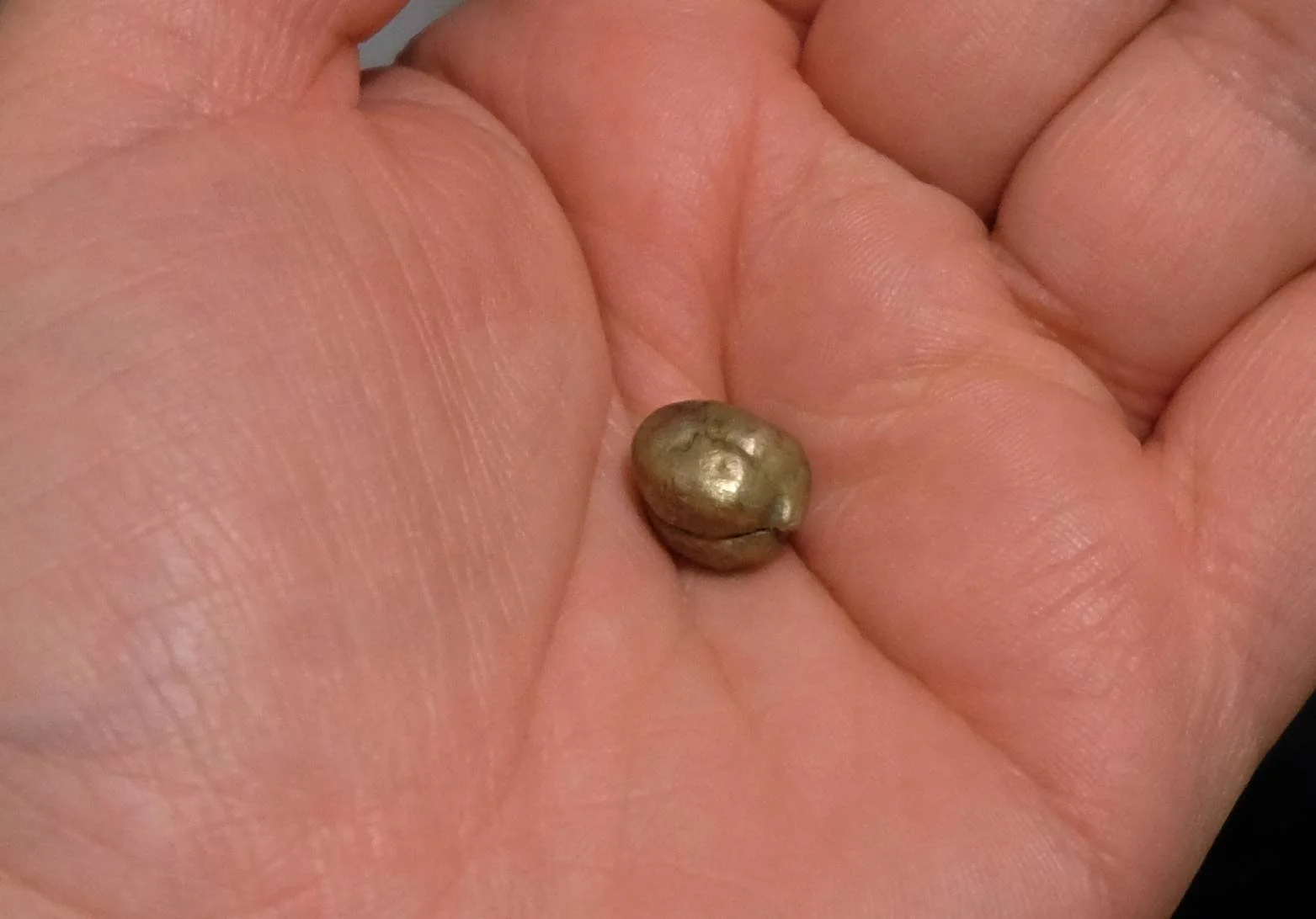
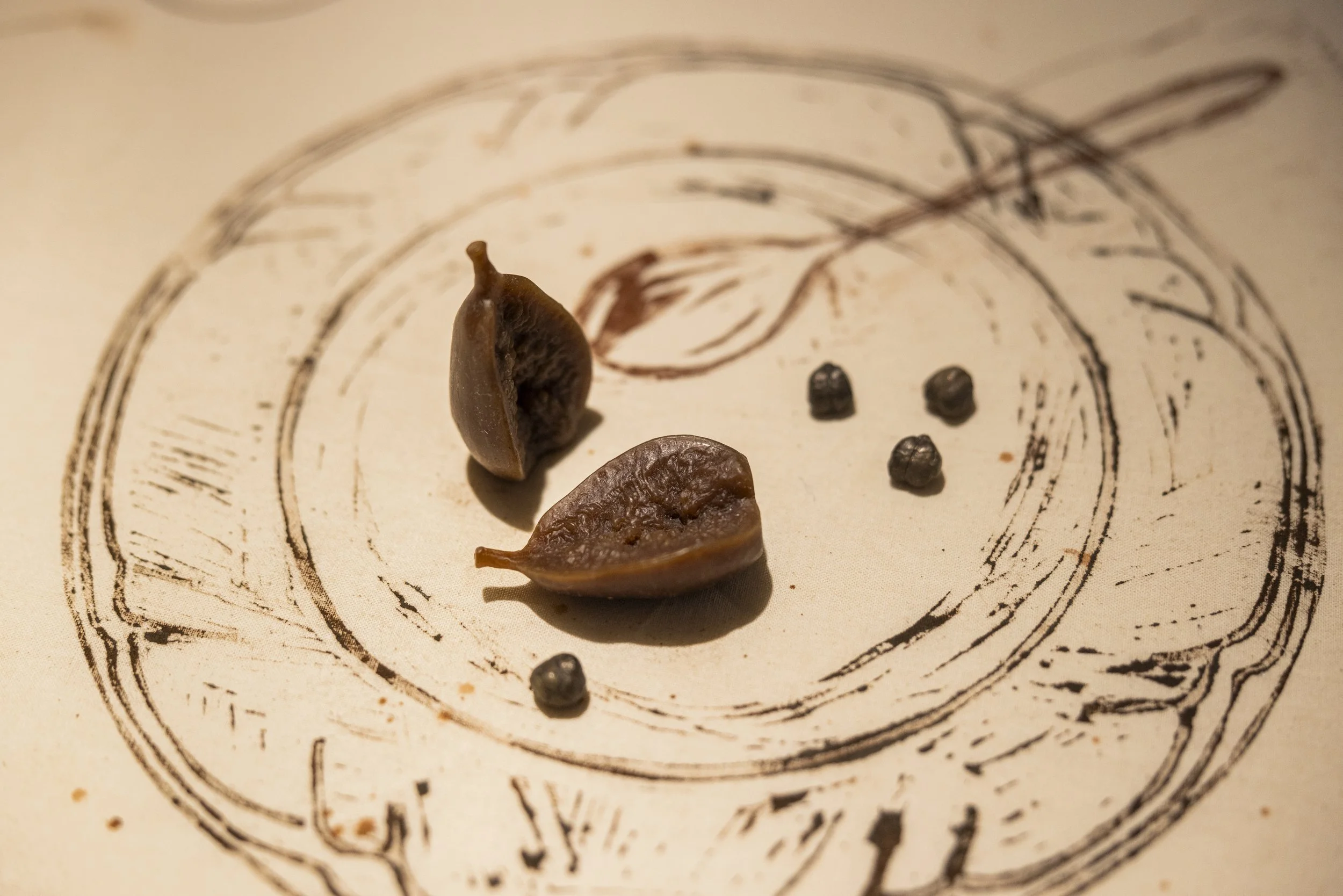
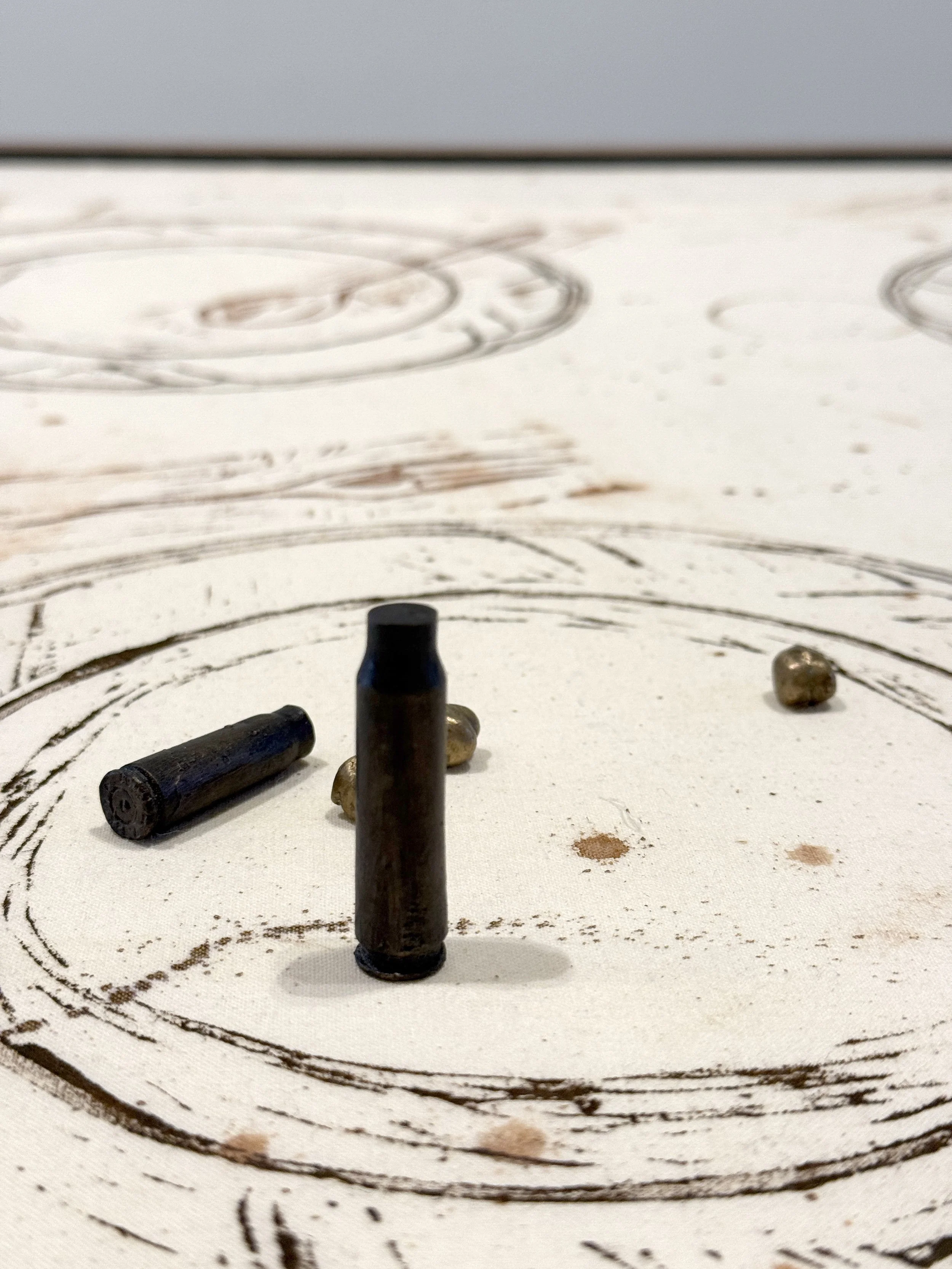
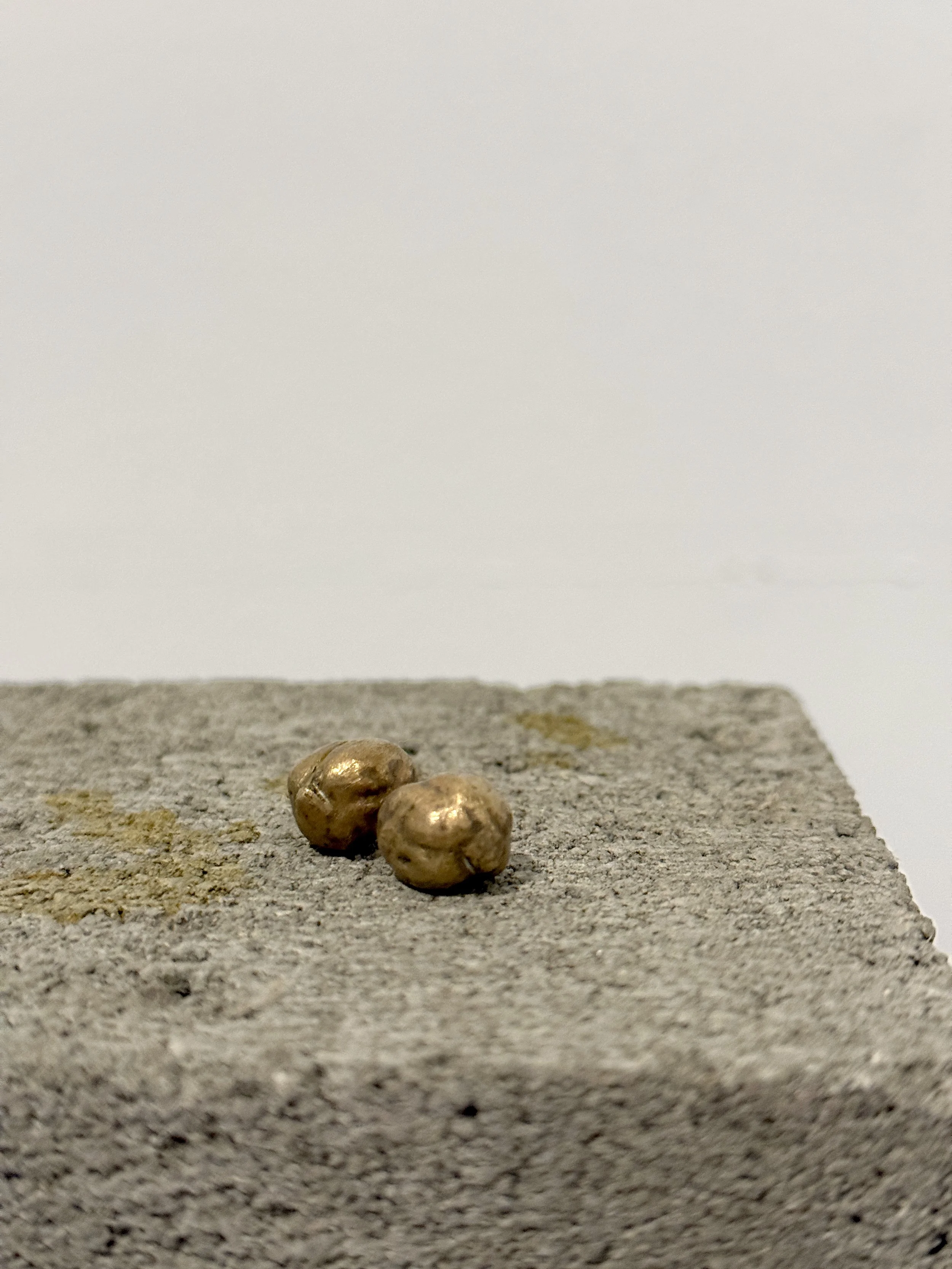
Additional Info
WHO EATS HIS FILL WHILE HIS NEIGHBOUR IS HUNGRY
A young boy walks for what feels like hours; he has no shoes.
His mother begged him not to go; the cries of his little sister said otherwise.
He joins a line, feet aching, toes bleeding.
He waits.
There is pushing, screaming, crying, gunshots.
He waits. He is determined.
He receives one bag of flour.
He is overjoyed.
. . .
He is shot and killed meters from the volunteer who handed him the flour.
The volunteer will never un-see this it.
The bag of blood-stained flour is taken by the soldier who shot him.
The soldier hands it to a merchant who will sell it for 100 times what it is worth.
His mother and sister await his safe return.
Who eats his fill while his neighbour is hungry is a response to starvation used as a tool of genocide and warfare.
Empty plates, bullet shells, inedible food scraps, and a once-holy fruit, waiting to explode.
-
Lara Chamas is a Lebanese artist based in Naarm (Melbourne). Fleeing from war, her parents migrated to Australia, where she was born. Her practice explores topics related to postcolonial and migrant narratives within the context of her cultural identity. Using narrative and experience documentation, storytelling, transgenerational trauma and memory and tacit knowledge, her research explores links and meeting points between narrative theory, cultural practice, current political and societal tensions, and the body as a political vessel. Central to her practice is the expansion of these notions in a more historical and anthropological sense. With discussing geopolitical issues, research and first-hand experience are important to the authenticity of her work.

